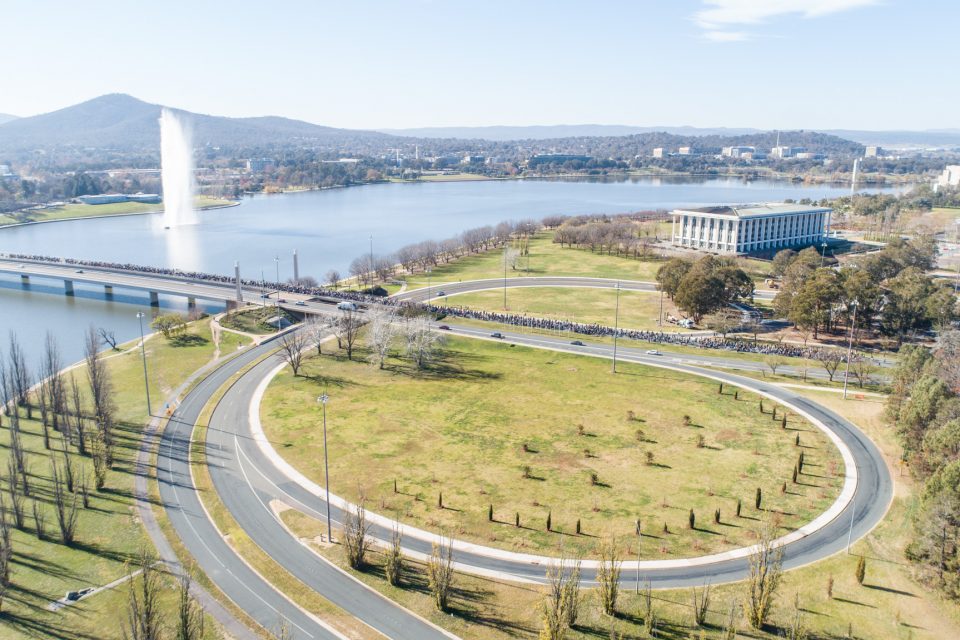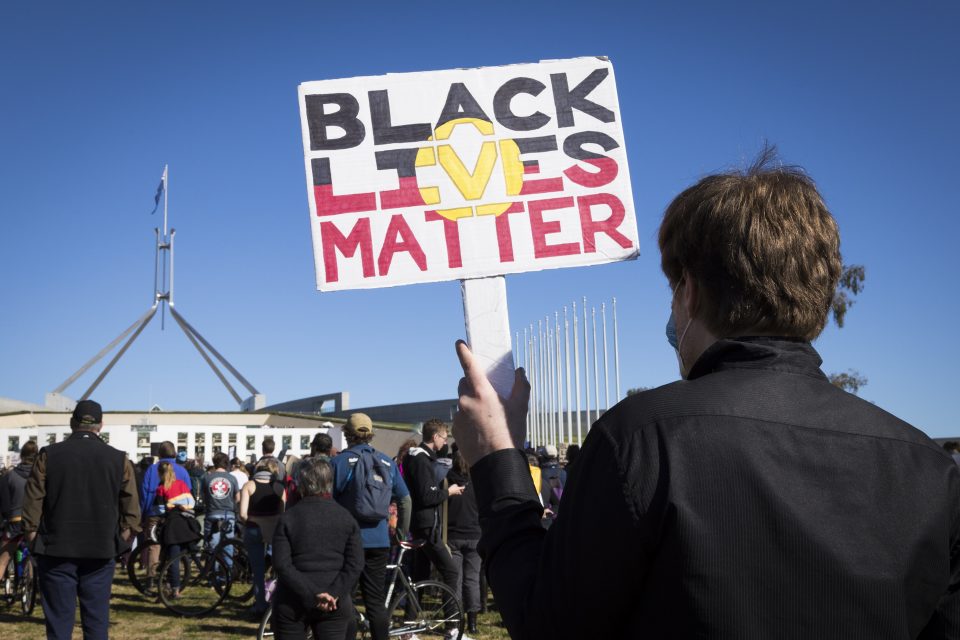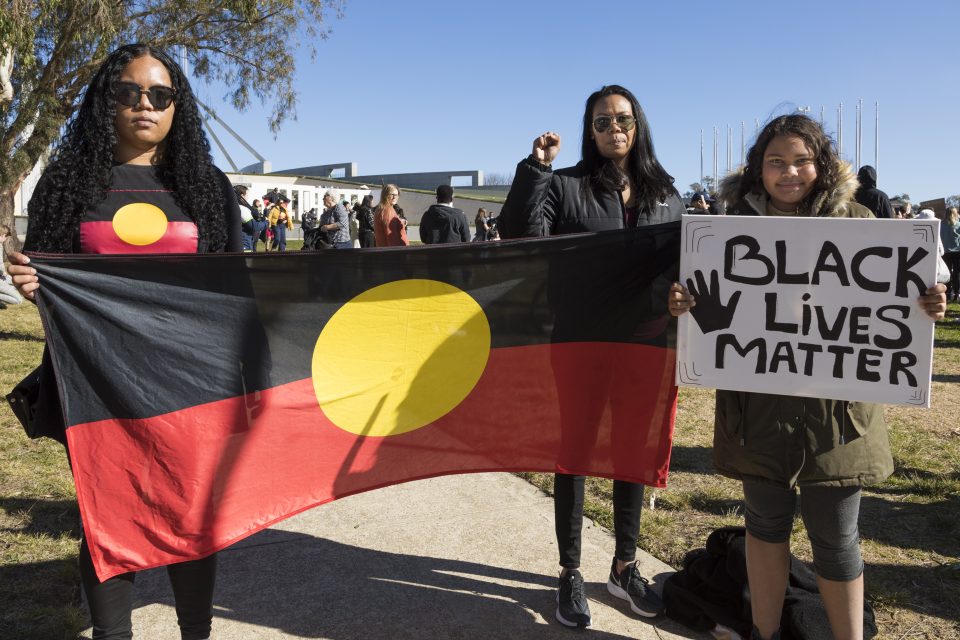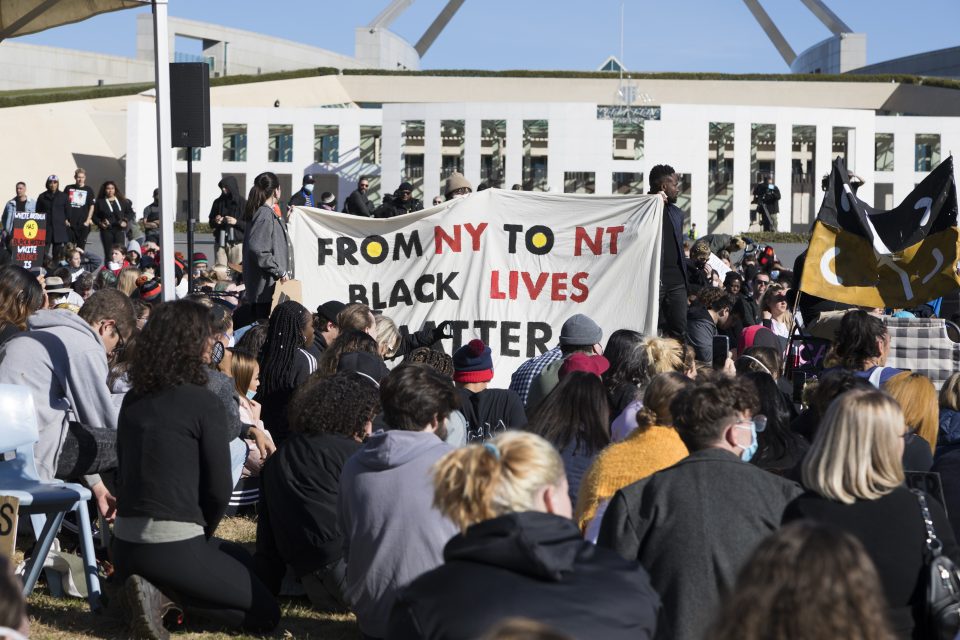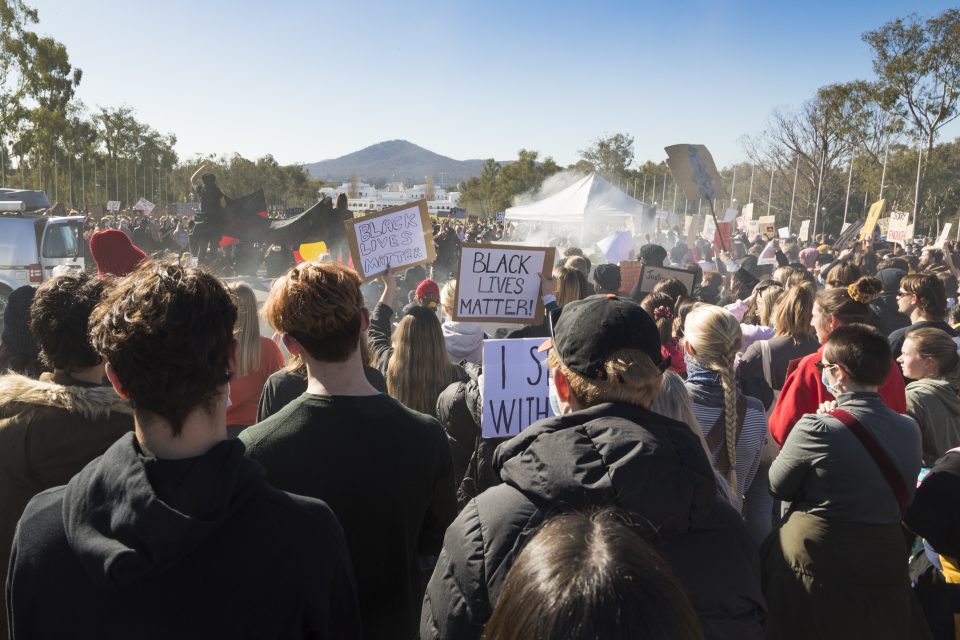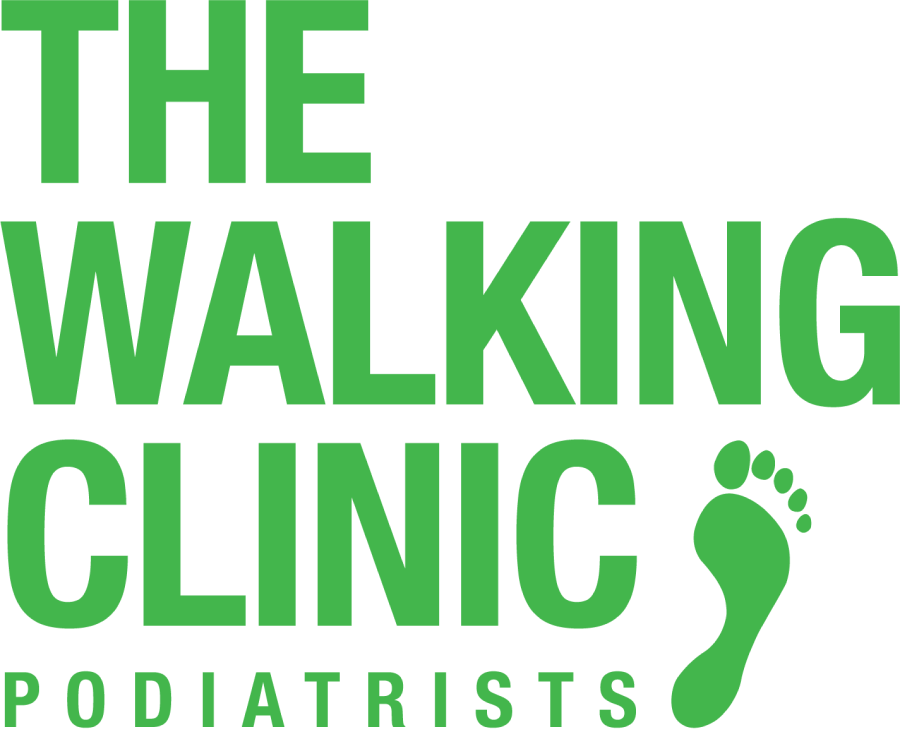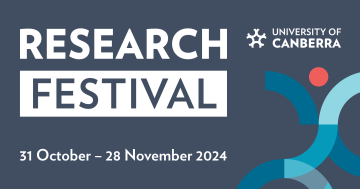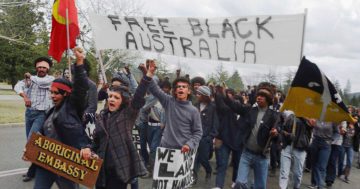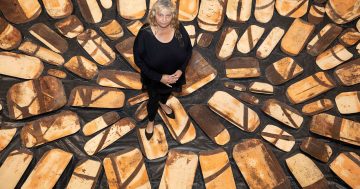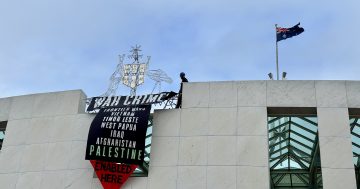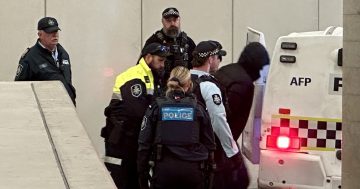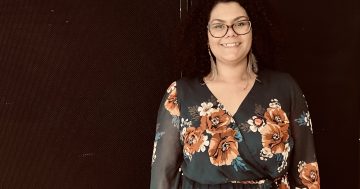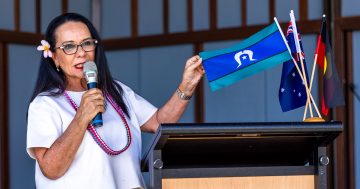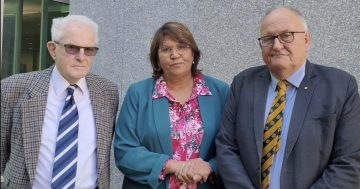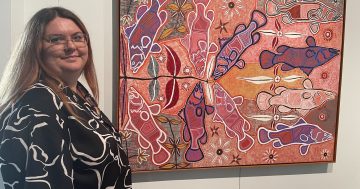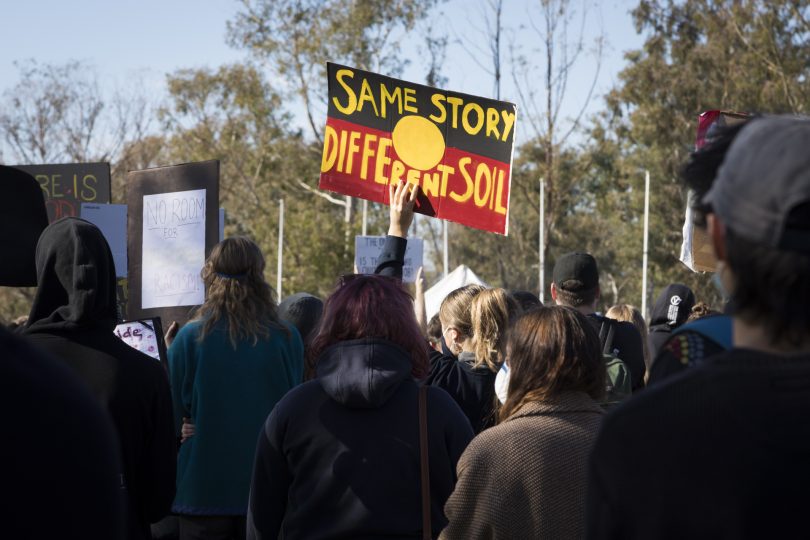
Thousands gathered for the Black Lives Matter protest at Parliament House today (5 June). Photos: Michelle Kroll.
Thousands of protesters gathered at Garema Place in Canberra City this morning before marching across the Commonwealth Avenue bridge to Parliament House as Australia’s Black Lives Matter movement reinvigorates debate over Indigenous deaths in custody.
Protests and riots have paralysed the United States after the alleged murder of George Floyd at the hands of a police officer who knelt on his neck. And as the movement grows globally, parallels have been drawn in this country with the death of Indigenous man David Dungay, who repeatedly called out that he could not breathe while being restrained by prison guards in 2015.
BLM Peaceful Protest in Canberra
Drone footage of Canberra's Black Lives Matter – Peaceful Protest marching across Commonwealth Avenue Bridge towards Parliament House.
Posted by Photox – Canberra Photography Services on Thursday, June 4, 2020
Jodene Garstone, a proud Bardi woman from the Kimberley, said it was important to show unity when events like this take place.
“I think it is so important that every Aboriginal language group from around Australia gathers to unite as one because I know sometimes we can be a fractured people and it is so important during times like this we show unity,” she said.
Protesters were angry that of the 432 Indigenous deaths in custody since 1991, there have been no related convictions, prompting calls for greater police accountability and prosecutions for using excessive force used by officers.
“[I am out here] not only because of George Floyd, I have personally experienced police brutality,” protestor Joshua Aluko told Region Media.
“Even though it was not physical, but the truth is that if not by luck and for God I would not be alive today.
“That was when I came to Australia – my first time in Australia. When I saw [the protest] online I thought it is time to support, it is time to show empathy, it is time to make sure my voice is being heard because a lot of blacks are dying all over the world.”

Protestors drew attention to the Indigenous deaths in custody.
The protests in Canberra had the tentative support of ACT Policing who said they would not be focused on policing breaches of health directions and social distancing measures, allowing the protesters to congregate in the city and at Parliament House.
Although there was a police presence at today’s (5 June) protest, officers maintained their distance from protesters and kept a line on the Parliament House side of the road.
The attitudes of ACT Policing are in stark contrast to their NSW counterparts who are seeking an injunction in the state’s Supreme Court to stop protesters gathering in Sydney tomorrow.
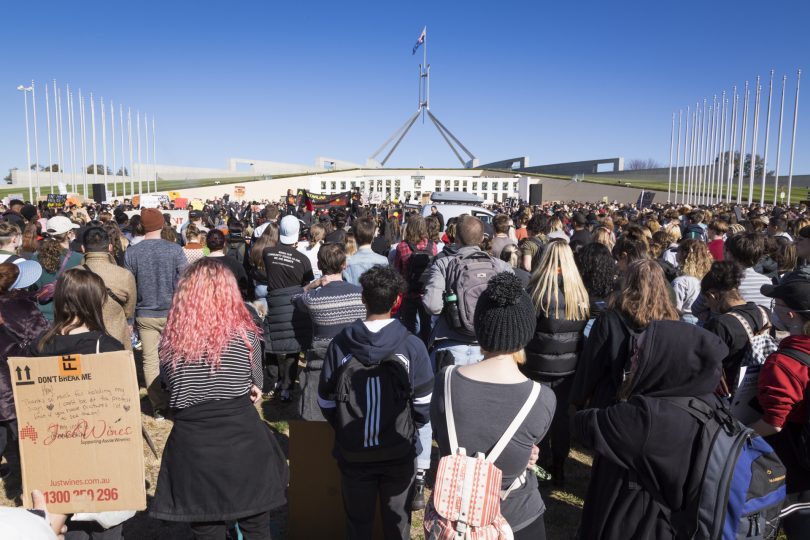
Thousands of protestors gathered on the lawns of Parliament House.
Prime Minister Scott Morrison also called for protesters to not attend protests and undo the hard work Australians have done to flatten the coronavirus curve. Some protestors were wearing masks on Friday; however, the majority of those listening to speeches on the lawns of Parliament House were packed tightly around the speakers.
“Our message is very clear, that the health risks of gathering in such large numbers and the risks of people coming into close proximity are real,” Mr Morrison said.
“Let’s find a better way and another way to express these sentiments, rather than putting your own health at risk, the health of others at risk, the great gains we have been able to make as a country in recent months.
“I am not saying we do not have issues in this space that we need to deal with but the thing is we are dealing with it and we do not need to draw equivalence here … we should not be importing the things that are happening overseas to Australia.
“We should be Australians about this and deal with it our way, and we are.”
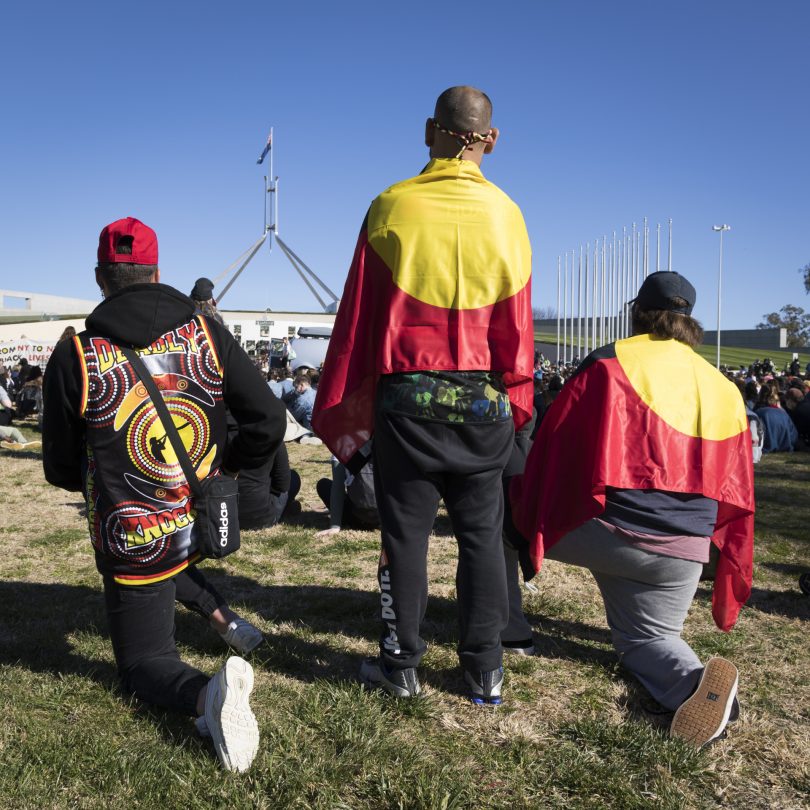
Attendees ‘taking a knee’.
However, the ACT Minister for Aboriginal and Torres Strait Islander Affairs Rachel Stephen-Smith directly contradicted the Prime Minister’s statement.
“Some have tried to brush this anguish and anger felt by Aboriginal and Torres Strait Islander people away by saying we should not import things that are happening overseas here to Australia, but the reason that people are on the streets is because this is a true experience,” she said.
“Aboriginal people are the most incarcerated people on earth and this is a matter that we should all take incredibly seriously and rededicate ourselves to addressing in any way that we can.
“Particularly in Reconciliation Week, but all the time, we need to speak the truth not only of our history but of our present day.”
And reconciliation was exactly what some of the protestors were looking for.
“We have definitely got a long way to go, it is why I am here today,” said Justin Chapman who drove all the way from Merimbula to attend.
“[I’d like to see] equality and just being there for each other to show that we do care.”
